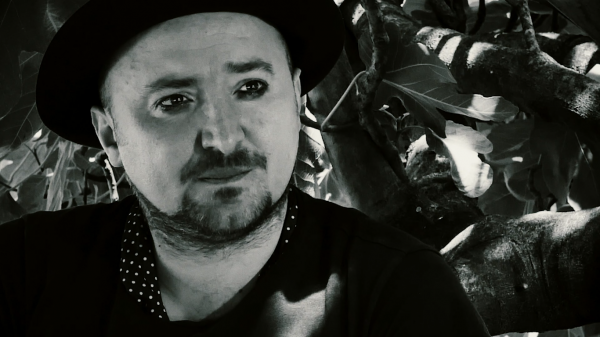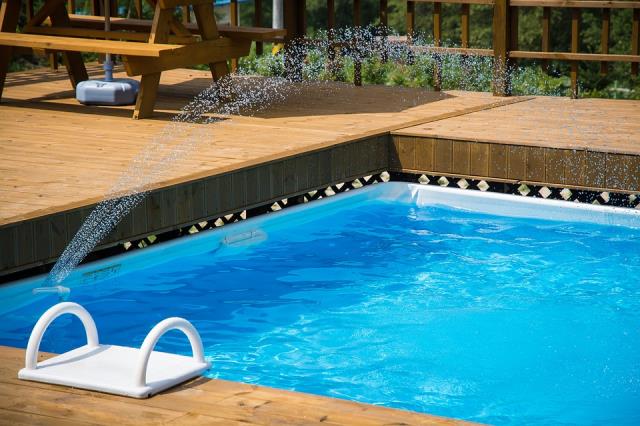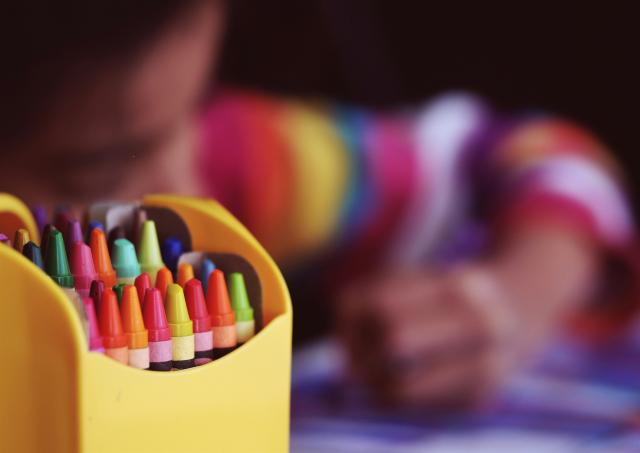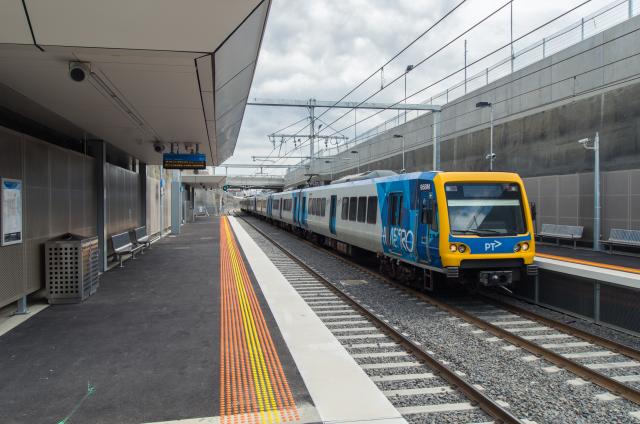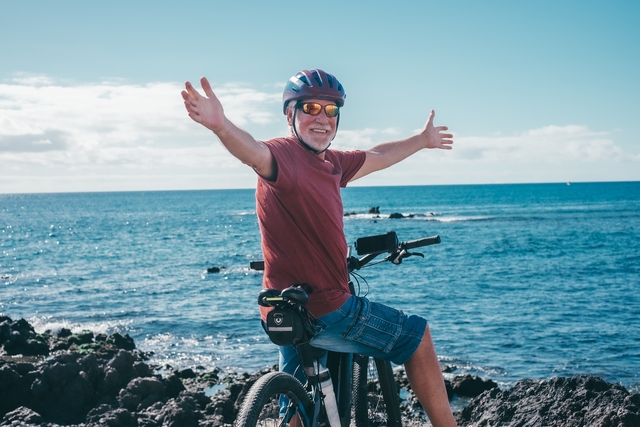Brimbank artist Saidin Salkic has turned his darkest experiences into acclaimed works.
Salkic’s pieces are in the Heartlands 2020: Stories from the Inside exhibition, which launched online last week.
The exhibition showcases photography and digital work by refugee and migrant artists and gives insight into the experiences of multicultural communities during the COVID-19 pandemic.
Born in Srebrenica, Bosnia, Salkic survived one of the most horrific genocides in Europe and witnessed the execution of his father on television.
Salkic twice been a witness at the International War Crimes Tribunal and he has been featured by national and international media.
His experiences, which inspire his art, have led him to become one of Australia’s most prolific artists with 14 films to his name and many thousands of pieces.
The filmmaker, poet, writer and visual artist said the pandemic inspired him to celebrate Australian culture.
“The artist always must retreat inside himself, pandemic has not changed anything in that regard for me,” Salkic said.
“What it did, it inspired me to help celebrate Australian culture, try to add to it, evolve it in my way as an artist, introduce new ideas and help further its cultural and artistic identity. It inspired me to give, care and appreciate my country.”
The exhibition, presented by migrant and refugee settlement agency AMES Australia, features four other migrant and refugee artists from Iran, Vietnam, Afghanistan and Ethiopia.
AMES Australia chief executive Cath Scarth said Heartlands 2020 offered the opportunity for culturally and linguistically diverse artists to tell their own authentic stories in the context of the pandemic.
“Much of what we see in the media about refugees, migrants and emerging communities is portrayed through the prism of mainstream society and more so at times of global pandemic,” Ms Scarth said.
“With a perfect storm of the largest refugee crisis in history and the most deadly infectious pandemic in a century, the Heartlands project gives insight into how some of the communities who have found a safe haven in Australia in recent years are coping in difficult times.”
Esther Lauaki

